1. Autonomous Flight
AI gives drones the ability to fly themselves with minimal human input, fundamentally changing how they operate. Through machine learning algorithms and sensor fusion, drones can now perform complex navigation tasks like obstacle avoidance and route optimization in real time. This means a drone can plan and adjust its own flight path for maximum efficiency or safety, even beyond the operator’s line of sight. In practice, AI-powered autonomy is enabling missions such as long-range deliveries, surveillance patrols, and even coordinated multi-drone flights that would be infeasible with manual control. The result is a new level of operational flexibility: drones can cover greater distances, linger on station longer, and react to changing conditions or commands on the fly without direct piloting.
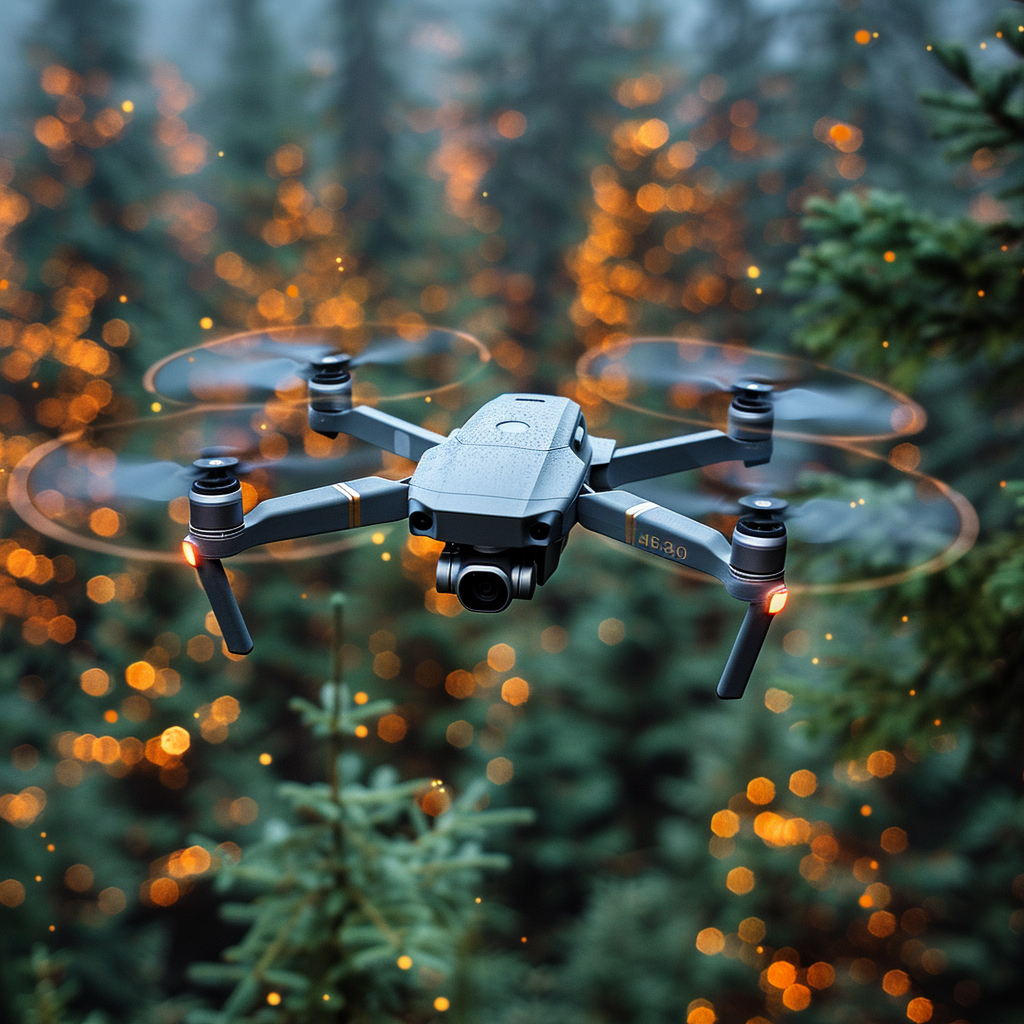
The U.S. Air Force is even planning to leverage AI autonomy at a massive scale – it has budgeted for a fleet of roughly 1,000 autonomous drone “wingmen” to fly alongside crewed fighter jets in coming years. These AI-guided unmanned aircraft (formally “Collaborative Combat Aircraft”) are expected to handle tasks like scouting, electronic warfare, or decoy operations without needing a human pilot on board. Officials anticipate that autonomous drones operating in tandem with traditional aircraft will multiply force effectiveness while keeping pilots out of especially high-risk scenarios.
2. Object Detection and Tracking
AI dramatically improves a drone’s ability to recognize and follow objects or living beings on the move. Using computer vision techniques, drones can be trained to detect specific targets—such as vehicles, people, or animals—in their camera feed and lock onto them. This enables applications like wildlife monitoring (tracking animals without disturbing them), security surveillance (pursuing intruders or suspects), and cinematic videography (automatically keeping a subject centered in frame). The difference AI makes is that the drone isn’t just blindly recording; it’s actively interpreting the video in real time to decide what to follow and where to go. Modern AI models are robust enough to track objects even as they change shape, orientation, or partially occlude (for example, a person briefly walking under cover of trees), which greatly surpasses what manual control or older tech could manage. Overall, AI-powered tracking turns drones into responsive observers that can autonomously keep important targets in sight under dynamic conditions.
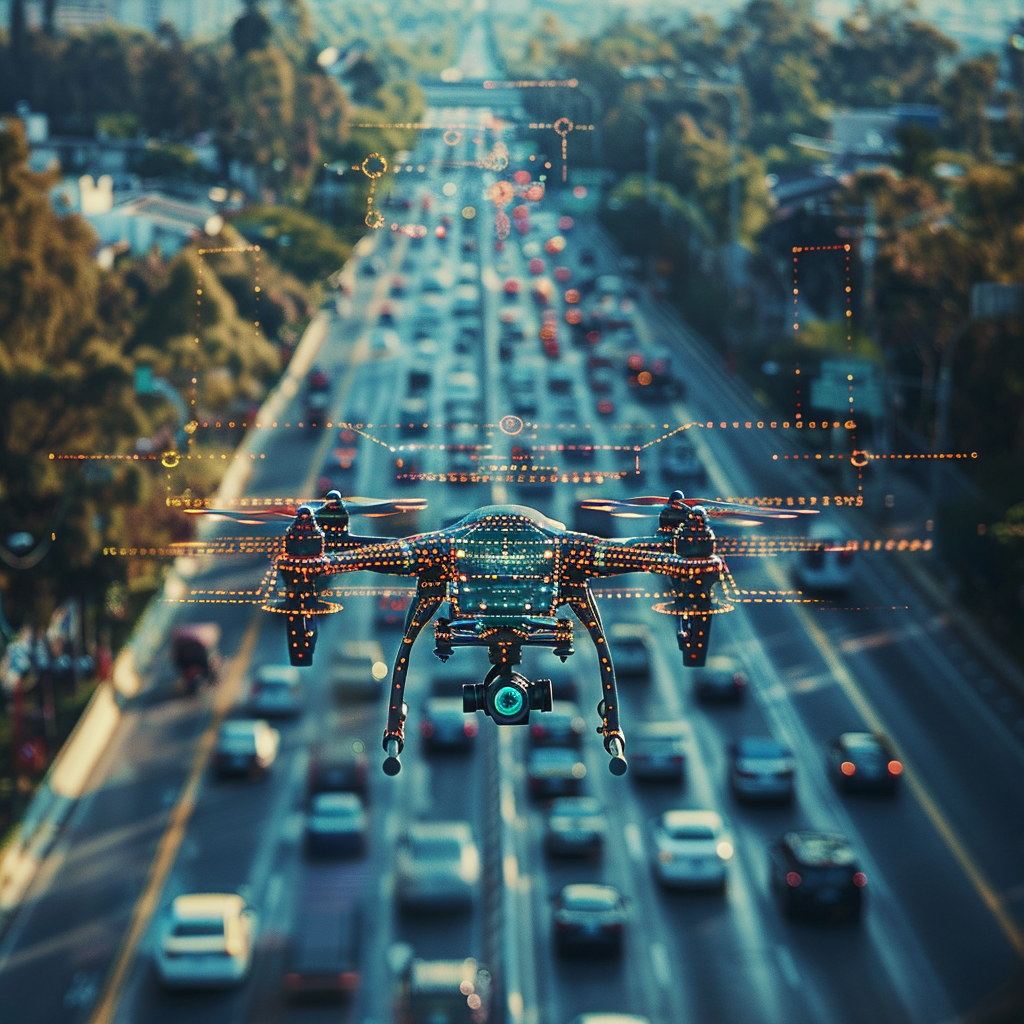
In October 2023, an AI-driven search-and-rescue drone system in Scotland found a missing hiker within one hour – after human teams had spent over six weeks searching the area with no success. Volunteers deployed two drones running a custom machine-learning software (called SARDO) that scans aerial images for clues of a person. The result was a breakthrough: the drones quickly located the 56-year-old man’s body in rough terrain that had stymied conventional search efforts. This real-world case shows how AI-based object detection can vastly accelerate and augment tracking tasks that are tedious or impossible for people alone.
3. Improved Image and Video Analysis
AI is revolutionizing how we analyze the huge volumes of imagery that drones collect, turning raw photos and videos into actionable information. Instead of human operators manually reviewing footage frame by frame, AI software can automatically identify features, anomalies, or changes of interest within the data. For example, an AI might flag sections of pipeline video where it “sees” corrosion, or classify parts of a farmland image by crop health status using color/infrared patterns. This not only saves countless hours of labor but also improves consistency and accuracy, as trained algorithms don’t get tired or overlook subtle details. In industries like construction, insurance, and filmmaking, AI-powered analysis helps highlight the important moments or findings from a drone’s survey (such as structural damage after a storm, or the best aerial shots for a movie scene). The end effect is that drones become smarter data-gatherers: they don’t just capture visuals, but with AI they help interpret those visuals on the fly, allowing faster decision-making and response.
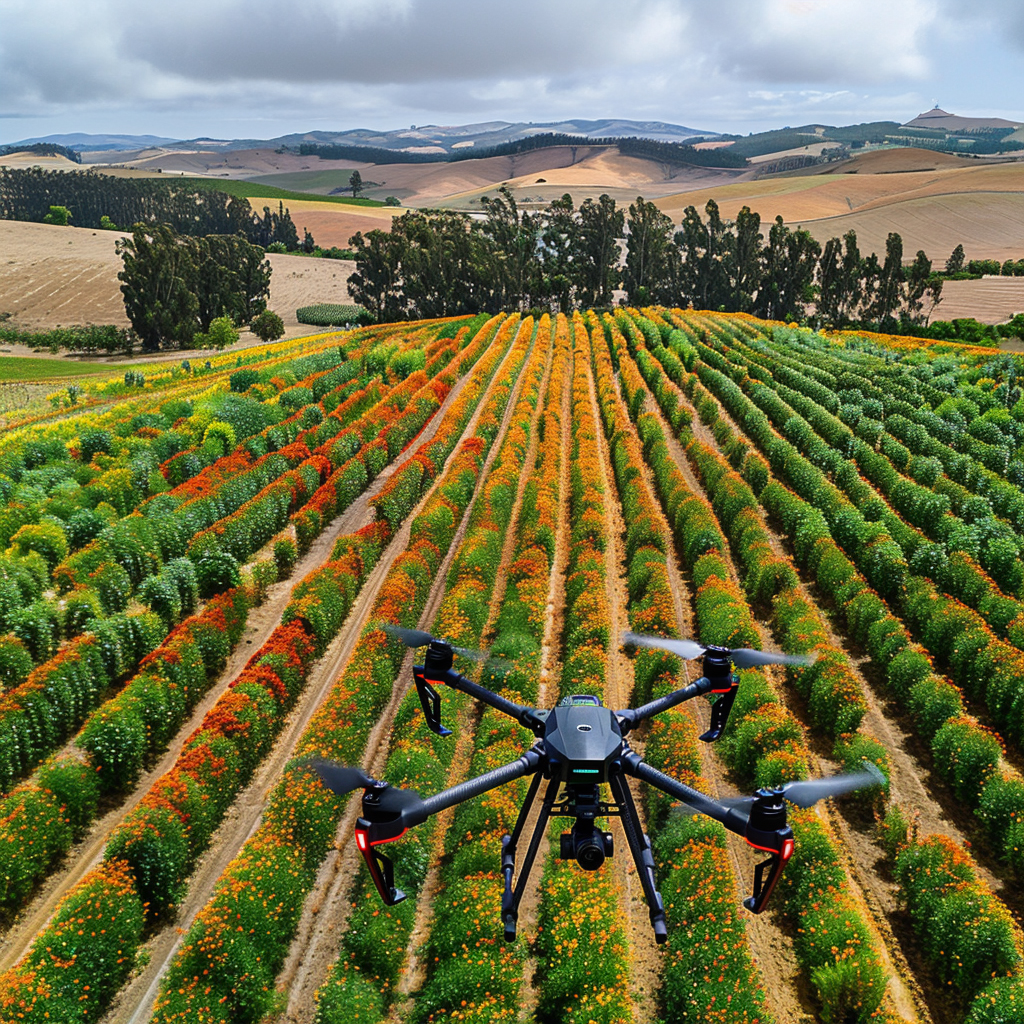
The growing importance of AI-driven drone analytics is reflected in market trends. For instance, global spending on drone inspection and monitoring (which relies heavily on automated image/video analysis) reached about $16.4 billion in 2024 and is projected to soar to $38.2 billion by 2030. This rapid growth (over 15% annually) underscores how industries worldwide are investing in AI-enhanced drone data processing to improve everything from infrastructure inspections to agricultural surveys. Companies are embracing these tools to sift through visual data more efficiently and glean insights that would be impractical to obtain manually, fueling a significant expansion of the drone analytics ecosystem.
4. Precision Agriculture
AI is a game-changer for agricultural drones, enabling “precision farming” practices that boost yields and reduce waste. Equipped with AI-powered cameras and sensors, drones can survey vast fields to assess crop health metrics like plant coloration, growth patterns, or moisture levels. The AI analyzes this data to produce detailed maps showing exactly where crops are thriving or struggling. This level of insight allows farmers to intervene in a targeted way—adding water, fertilizer, or pesticides only where and when needed, rather than uniformly across an entire field. In essence, AI enables site-specific crop management: each parcel of land can get customized care based on real-time drone data. The difference is tangible in outcomes; with informed decisions, farmers can increase production, cut costs on inputs, and minimize environmental runoff. By spotting issues like pest outbreaks or nutrient deficiencies early through machine vision, AI-driven drones help agriculture move from a reactive to a proactive approach.
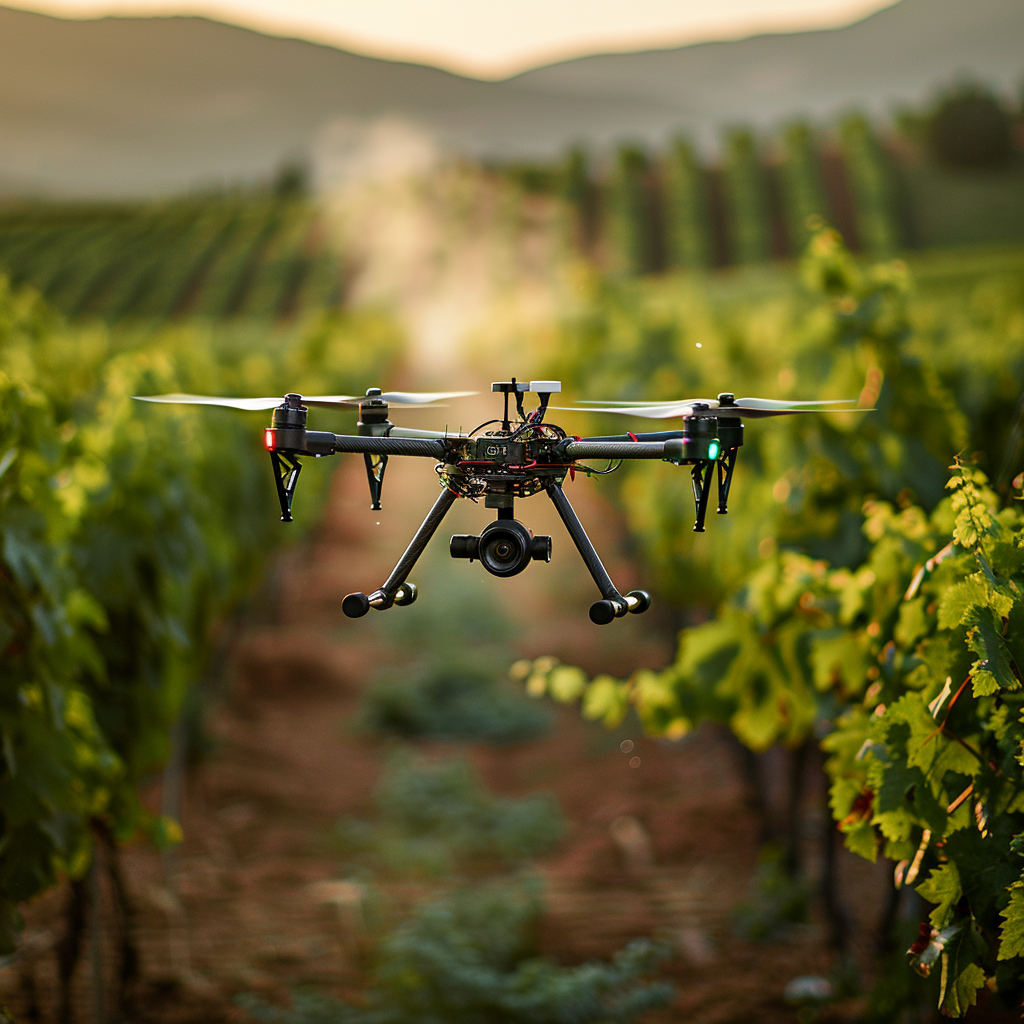
Early adopters of AI-guided drones in farming have reported notable gains in efficiency. Studies show that using drone-based crop monitoring can increase crop yields by up to 15%, and some farmers have cut their pesticide use by about 30% by pinpointing problem areas and treating only those spots. For example, high-resolution aerial imagery analyzed by AI might reveal a localized insect infestation so that only a small section of the field is sprayed, instead of blanket-treating the whole acreage. These targeted interventions not only improve productivity but also reduce costs and environmental impact for U.S. growers and others worldwide.
5. Enhanced Delivery Services
AI is making drone delivery services faster, smarter, and more reliable. In logistics, drones must contend with variables like weather, obstacles, air traffic, and efficient routing – all tasks well-suited for AI optimization. By processing map data and sensor inputs in real time, an AI-powered delivery drone can autonomously choose the shortest and safest path to its destination, adjusting on the fly if conditions change (for example, if a new building or emergency scene blocks the usual route). AI also helps coordinate fleets of delivery drones, managing timing and spacing so that packages arrive smoothly without collisions or bottlenecks. Furthermore, machine learning improves drop-off precision: drones can be trained to recognize delivery markers or suitable ground spots to gently deposit packages in designated areas. The end benefit is not just speed but consistency. AI allows drones to perform ultra-efficient last-mile delivery – minimizing idle time, avoiding hazards, and hitting narrow delivery windows – which is beginning to complement or outperform traditional truck delivery in some urban and rural settings.
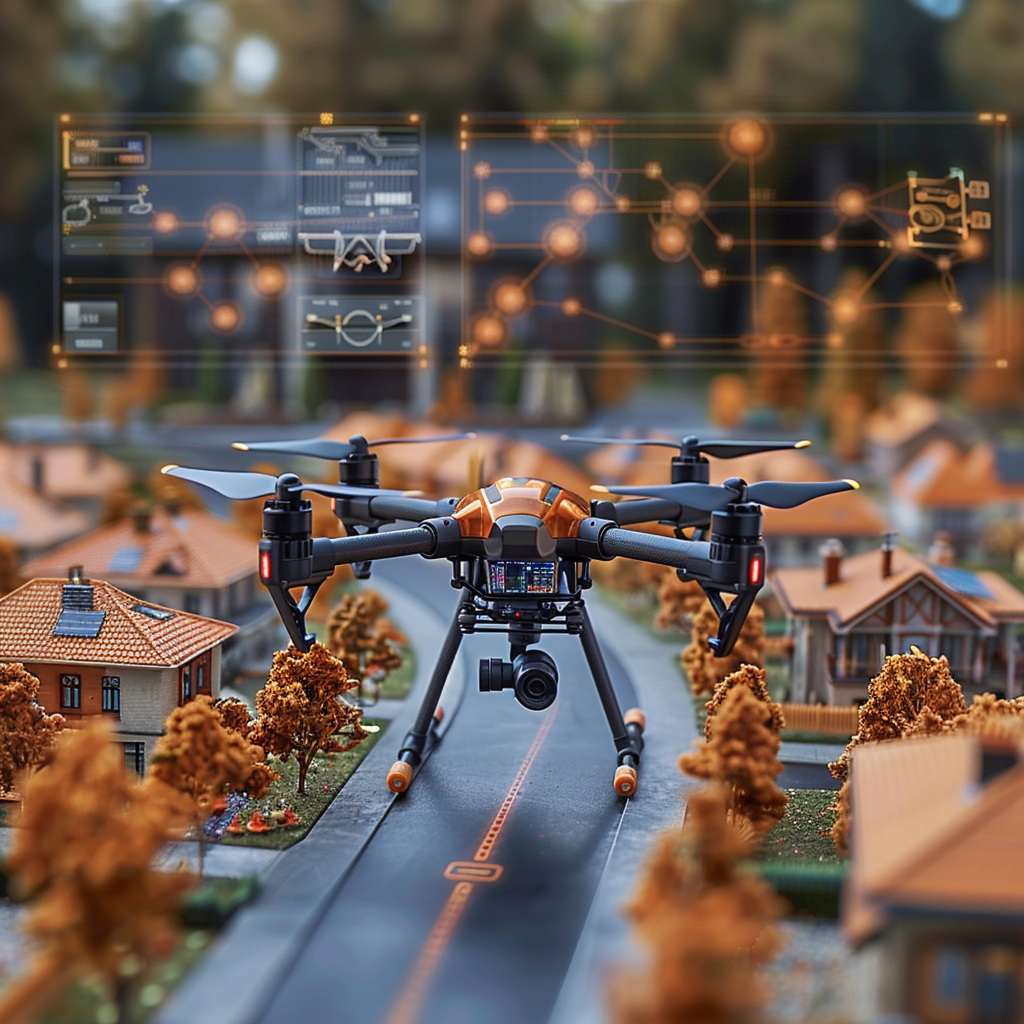
The scale of drone deliveries has grown dramatically thanks to AI route-planning and navigation. In fact, the number of packages delivered by drones worldwide jumped by over 80% from 2021 to 2022, reaching roughly 875,000 deliveries in 2022, and by mid-2023 the industry was on pace to exceed 1 million drone deliveries in that year. These deliveries range from e-commerce orders to medical supplies, and they’re made possible by automated flight systems that can handle complex delivery schedules. Major providers (in the U.S. and abroad) have reported that advanced autonomy and vision systems are key to safely increasing delivery counts – for example, identifying safe drop zones and navigating around power lines – contributing to this rapid growth in aerial delivery volume.
6. Disaster Management and Response
In emergency situations, AI-enabled drones act as force multipliers for disaster response teams. They can quickly map affected areas, identify hazards, and even search for survivors, all while operating in dangerous or hard-to-reach zones that would slow down human rescuers. With AI, a drone can interpret sensor data (like thermal images, CO₂ levels, or flood extents) to flag where people might be trapped or which infrastructure is damaged, focusing attention on the most critical spots. This speeds up situational awareness – responders get an accurate overview of the disaster in minutes rather than hours. For example, after a hurricane, an AI drone might automatically classify imagery to show which roads are blocked or which buildings are likely structurally unsafe. In firefighting scenarios, drones equipped with AI can detect heat signatures through smoke and guide crews to hotspots. The key difference is that AI isn’t just capturing data; it’s triaging and analyzing it in real time, effectively functioning as an “eye in the sky” that understands what it sees and directs human teams toward the greatest need. This leads to faster rescues, more efficient resource deployment, and potentially saved lives during golden-hour emergency windows.
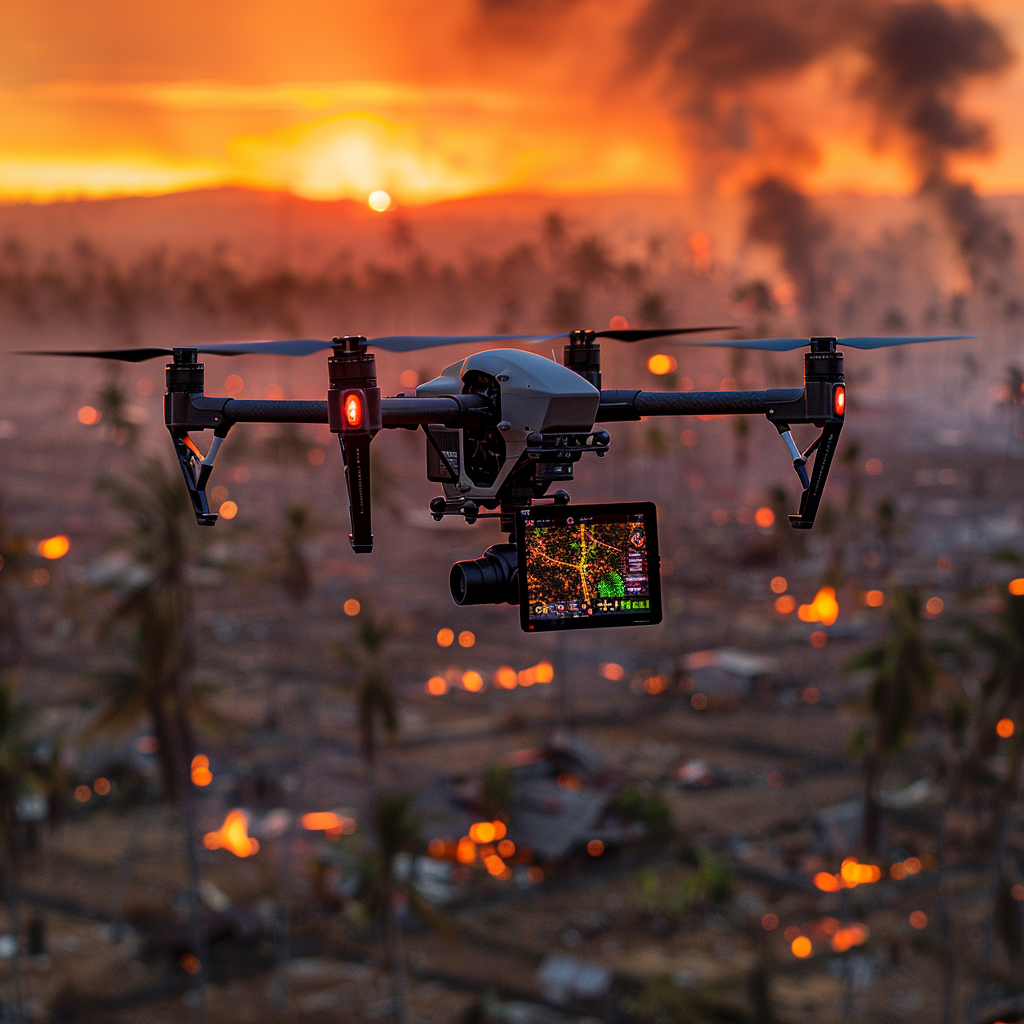
Drones are now standard tools for the United Nations World Food Programme in disasters, used to quickly survey damage and locate survivors, which in turn frees up manned helicopters (costing about $2,800 per flight hour) for direct rescue tasks. In the Mozambique floods of 2019, for example, WFP coordinated a fleet of mapping drones that produced high-resolution (2-centimeter detail) maps of flooded villages, something that previously took days of helicopter reconnaissance. Those AI-processed maps let all responders see the situation and plan missions without delay. The outcome: more people reached and supplies delivered in less time, while significantly reducing reliance on expensive aircraft and keeping human pilots out of harm’s way in treacherous conditions. This model – using AI-guided drones for rapid assessment – has since been replicated in numerous disaster responses globally.
7. Environmental Monitoring
AI empowers drones to become diligent environmental watchdogs. By leveraging machine learning, drones can identify and quantify features in nature that would be difficult for human observers to catalog at scale. This includes tracking wildlife populations (e.g., counting animals or nests in aerial images), measuring deforestation or vegetation changes, and detecting pollution in water or air via sensor data. AI algorithms help drones distinguish, for example, between different species in a camera feed or to recognize patterns like algae blooms in a lake. This means environmental researchers get more accurate data faster, with drones covering remote or sensitive ecosystems without disturbing them. Moreover, AI can enable trend analysis over time: a drone might fly the same route every week, and AI software will automatically highlight what’s changed – perhaps a new illegal mining site in a rainforest, or glacier retreat from one month to the next. In sum, AI turns drones into autonomous eco-scientists that monitor the planet’s health, providing early warnings of problems such as declining animal counts or rising pollution levels, and thus supporting better conservation and policy decisions.
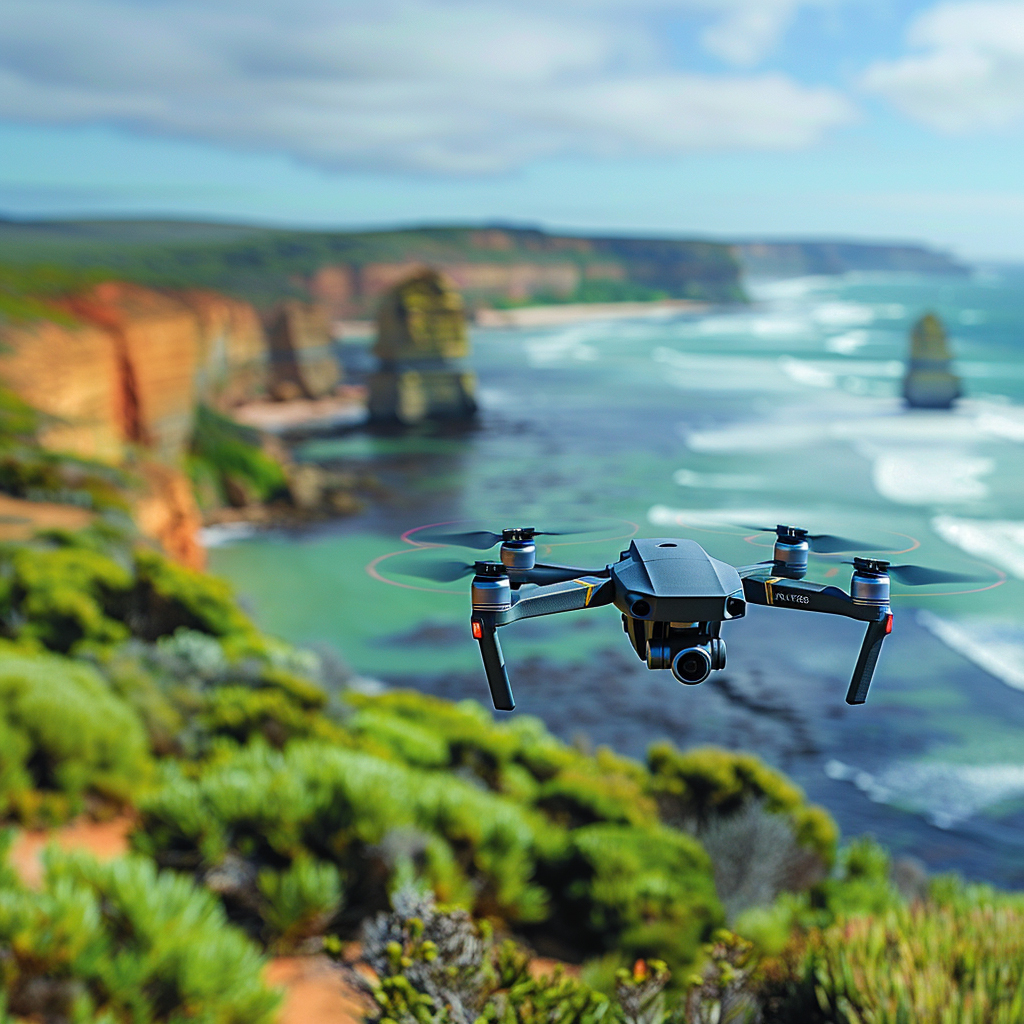
Recent research confirms that AI-assisted drones can match or exceed the accuracy of traditional methods for wildlife surveys while improving consistency. In a 2024 field study in Texas, scientists found that thermal imaging drones (with AI detection algorithms) produced deer population counts statistically equivalent to helicopter surveys – but with more consistent results from one flight to the next. Notably, manned helicopter counts in prior tests varied wildly, detecting as little as 20% of the actual animals in dense brush in some cases. The AI-driven drones, by contrast, could compensate for some visibility issues and repeat their search patterns precisely, leading to reliable estimates. These findings indicate that AI drones not only reduce the risk and cost of wildlife monitoring (no low-flying manned aircraft needed) but also provide data that is just as trustworthy for biologists and land managers.
8. Safety and Surveillance
In security and public safety, AI gives drones the ability to autonomously patrol and detect anomalies, acting as tireless “eyes in the sky.” Rather than relying solely on fixed cameras or human guards, organizations deploy AI drones that can roam large facilities or urban areas, recognize unusual activities, and alert authorities in real time. AI-based facial recognition or license plate reading can allow a security drone to spot persons of interest or unauthorized vehicles from above (within regulatory limits and privacy laws). Similarly, AI object detection helps these drones notice things like a weapon flash, a disturbance in a crowd, or a breached fence line that would be hard to catch otherwise. They can even be programmed to respond — for instance, circling a potential intruder to keep them in sight while calling for backup. In essence, AI transforms surveillance drones from passive cameras into active sentinels that make decisions about where to look and what to focus on. This leads to much faster incident response times and broader coverage. One or two AI drones can continuously scan an area that would have required dozens of stationary cameras, and they can do so intelligently, focusing on what matters most at each moment.
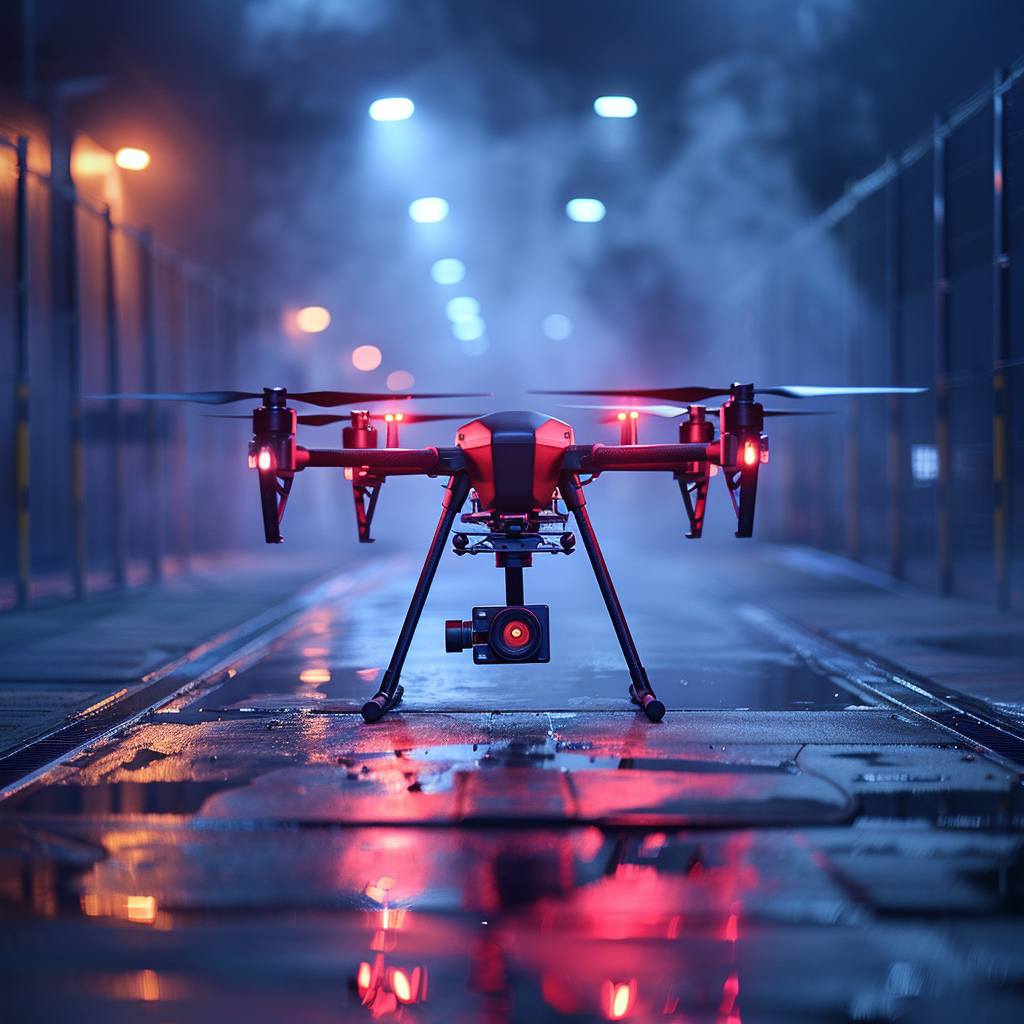
Police and security agencies in the U.S. have rapidly expanded drone use as AI has improved their effectiveness. For example, New York City’s police department saw a 400% increase in drone deployments from 2022 to 2023, after rolling out new drone units equipped with advanced surveillance capabilities. Overall, it’s estimated that about 1,500 police departments across the U.S. now use drones in some capacity, and more of them are starting to fly beyond visual line of sight under special waivers – a step made feasible by AI technologies that ensure safe autonomous operation. In San Francisco, the police credit their new AI-assisted drone program with contributing to a 35% drop in property crimes citywide in 2024, showing how automated eyes in the sky can help deter and respond to offenses. These numbers underscore the tangible impact: AI-driven security drones are becoming mainstream tools, with proven outcomes in crime reduction and situational awareness.
9. Traffic and Crowd Monitoring
AI enables drones to manage and monitor busy public spaces in ways that were previously very challenging. For traffic management, AI-powered drones can observe intersections and highways from above, automatically measuring vehicle counts, speeds, and congestion in real time. They can detect accidents or unusual slowdowns and then relay this information instantly to authorities or smart traffic systems, helping to redirect flow or dispatch assistance faster. In crowd monitoring, drones with AI analytics can assess crowd density, movement patterns, and even detect disturbances or fights by “seeing” the behaviors of people below. This is incredibly useful for big events (like concerts or marathons) where public safety officials need to know if overcrowding is occurring or if a panic situation might be developing. AI can also anonymize and aggregate this data, focusing on trends rather than individuals, to address privacy concerns while still providing useful oversight. By having autonomous drones dynamically watch over a city or venue, officials get a live, bird’s-eye assessment that can inform traffic light adjustments, public transit deployment, or emergency evacuations. The AI ensures the drone notices meaningful patterns (e.g., an abrupt mass movement indicating a possible emergency) and ignores irrelevant visuals, which makes the monitoring far more effective than a human staring at screens or periodic helicopter fly-overs.
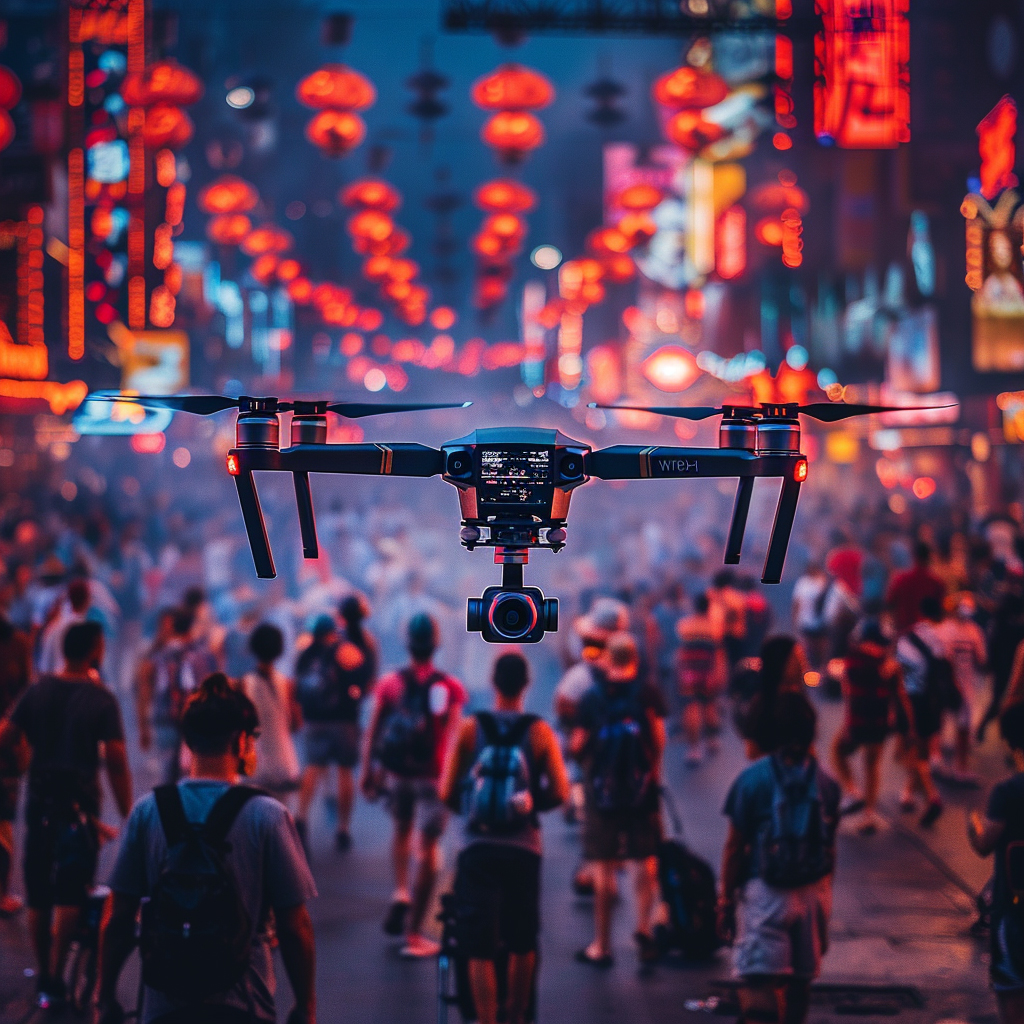
Several U.S. cities have begun pilot programs using AI drone monitoring to improve urban mobility. In one state, highway patrol reported an 80% reduction in dangerous high-speed chases after adopting drones and other tech for traffic enforcement – vehicular pursuit deaths dropped from 11 to 2 in the evaluated period. The drones, guided by AI, tracked fleeing vehicles from above so that ground units could pull back and later make arrests safely, instead of engaging in risky pursuits. Likewise, during a 2024 San Francisco trial, AI drones helped manage event crowds and were credited with a 20% improvement in emergency response times at large gatherings (by quickly spotting incidents and guiding responders). These early deployments show that AI drones can make both roads and public events safer by providing real-time intelligence that leads to quicker, smarter actions by authorities.
10. Infrastructure Inspection
AI is dramatically improving how we inspect and maintain critical infrastructure like bridges, power lines, wind turbines, and buildings. Traditionally, inspections required people to rappel from towers, climb structures, or erect scaffolding – dangerous, time-consuming, and expensive tasks – or to shut down the asset for a period. Now, drones equipped with AI vision systems can do the job in a fraction of the time with no risk to human inspectors. They fly up close to structures, and the AI automatically identifies cracks, rust, loose bolts, heat leaks, or other signs of damage in the live video feed. Advanced drones can even follow pre-set paths along a structure and compare current imagery with past data, with AI flagging any changes or deterioration. This means problems are caught earlier and with greater consistency. For asset owners, the benefit is twofold: increased safety (fewer risky manned inspections) and increased frequency of inspection, since sending an AI drone is relatively easy and cheap. Maintenance can thus shift from scheduled routines to condition-based actions – the AI drone might tell you, “this transmission tower needs repair now, but that one is fine for another year.” In sum, AI enables a proactive maintenance culture, reducing catastrophic failures and optimizing repair budgets by focusing attention exactly where it’s needed.
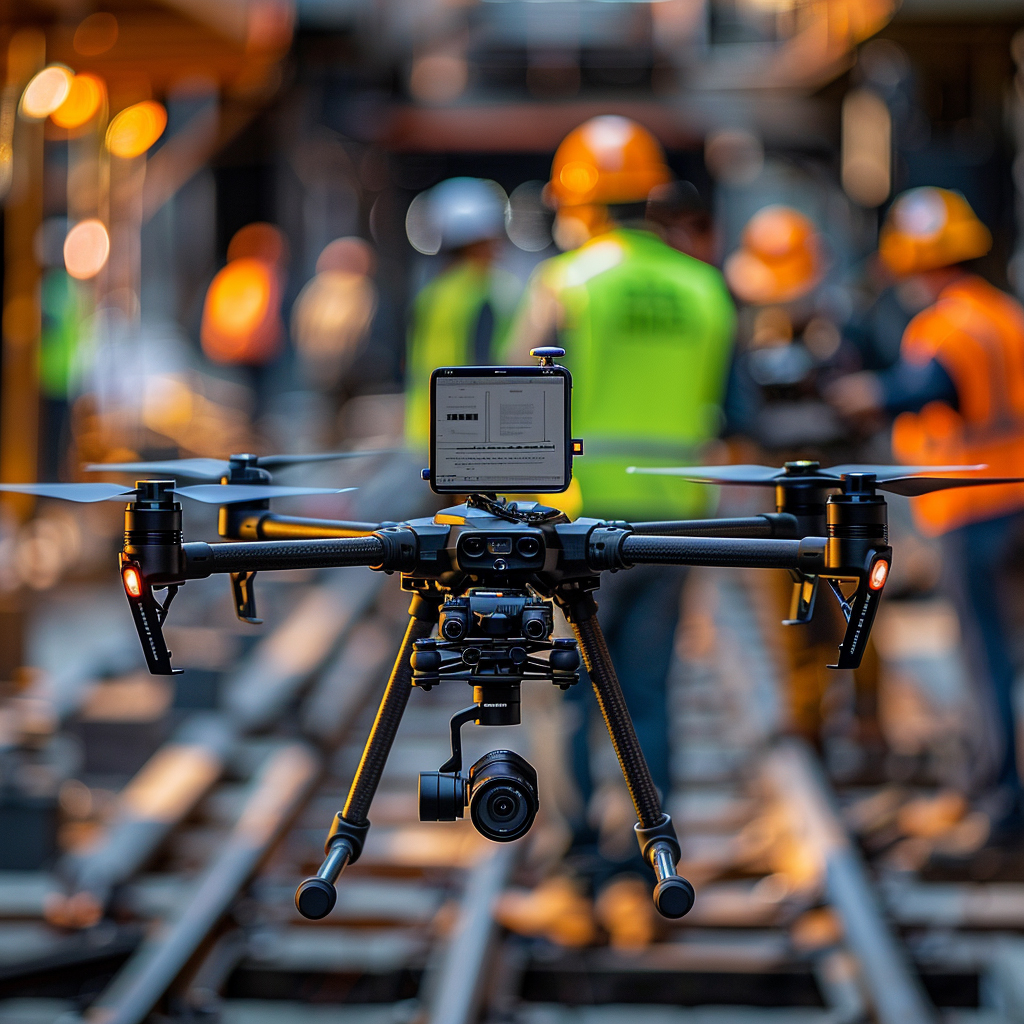
ngineering studies find that AI-powered drone inspections are not only faster but also significantly cheaper than traditional methods. A study by the American Society of Civil Engineers reported that using drones for routine bridge inspections can cut inspection time by around 50% and reduce costs by up to 75% compared to conventional manual approaches. For example, what might require a team of four people and a full day of lane closures could be done by a single drone in a couple of hours, with the AI analyzing high-resolution images to pinpoint any structural issues. U.S. utility companies echo these savings: adopting AI drone inspections for power lines and pipelines has yielded roughly 50% cost reductions in some cases, while also preventing outages (and associated economic losses) by finding faults early. These efficiencies at scale translate to millions of dollars saved and safer, more reliable infrastructure nationwide.